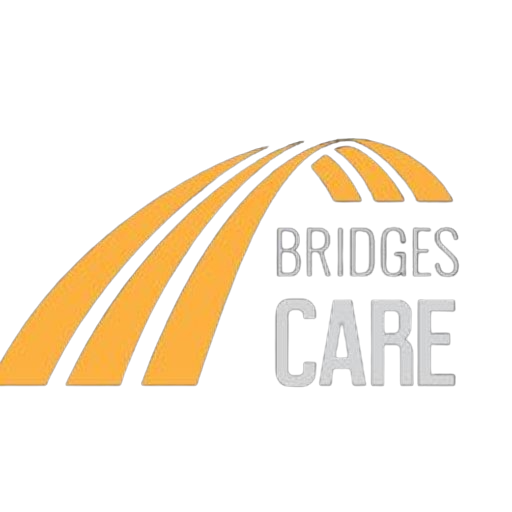Patau Syndrome: Understanding the Causes, Symptoms, and Treatment
Introduction
Patau Syndrome, also known as trisomy 13, is a chromosomal disorder that occurs when an individual has an extra copy of chromosome 13. This condition is rare, affecting approximately 1 in 10,000 live births. In this article, we will delve into the causes, symptoms, and treatment options for Patau Syndrome, providing you with a comprehensive understanding of this condition.
Causes of Patau Syndrome
Patau Syndrome is typically caused by a random error in cell division during the formation of reproductive cells. The extra copy of chromosome 13 results in various developmental abnormalities. Advanced maternal age is considered a risk factor for the occurrence of Patau Syndrome, although it can affect individuals of any age.
Symptoms and Characteristics
Individuals with Patau Syndrome often exhibit a range of physical and developmental abnormalities. Some common symptoms include:
- Craniofacial Abnormalities: Babies with Patau Syndrome may have a small head (microcephaly), cleft lip and palate, as well as abnormalities in the shape and positioning of the eyes (ocular hypertelorism).
- Central Nervous System Defects: Patau Syndrome can lead to severe intellectual disability, developmental delays, and structural brain abnormalities.
- Cardiac Anomalies: Many individuals with Patau Syndrome have congenital heart defects, such as ventricular septal defects or atrial septal defects.
- Polydactyly: Extra fingers or toes (polydactyly) may be present in individuals with Patau Syndrome.
- Kidney and Genitourinary Abnormalities: Structural abnormalities in the kidneys and genitalia are common in Patau Syndrome.
It’s important to note that the severity of symptoms can vary widely among affected individuals. Some may experience more severe complications, while others may have milder symptoms.
Diagnosis and Management
Prenatal testing, such as chorionic villus sampling (CVS) or amniocentesis, can detect the presence of Patau Syndrome in the developing fetus. Additionally, certain ultrasound markers, such as increased nuchal translucency or structural abnormalities, may raise suspicion of the condition.
While there is no cure for Patau Syndrome, management involves a multidisciplinary approach to address the individual’s specific needs. Early intervention programs that include physical therapy, occupational therapy, and speech therapy can help optimize developmental outcomes. Surgical interventions may be necessary to address specific complications, such as heart defects or cleft lip/palate.
Support and Resources
Families and individuals affected by Patau Syndrome can seek support from various organizations and resources. NDIS Australia (National Disability Insurance Scheme) provides assistance and services to individuals with disabilities, including Patau Syndrome. They offer support for accessing therapies, equipment, and other necessary resources. Additionally, genetic counseling services can provide families with information and guidance regarding the condition.
In conclusion, Patau Syndrome is a rare chromosomal disorder characterized by the presence of an extra copy of chromosome 13. It leads to various physical and developmental abnormalities, and although there is no cure, early intervention, and support services can improve the quality of life for individuals with Patau Syndrome and their families.
References:
National Organization for Rare Disorders (NORD). (2021). Patau Syndrome. Retrieved from https://rarediseases.org/rare-diseases/patau-syndrome/
National Institutes of Health (NIH). (2022). Patau Syndrome. Retrieved from https://ghr.nlm.nih.gov/condition/patau-syndrome
NDIS Australia. (n.d.). About the NDIS. Retrieved from https://www.ndis.gov.au/about-us
Contact Us
Let's Bridge your NDIS plan and goals with the right service.
1/22 Sedgwick Street,
Smeaton Grange NSW 2567
1800 964 924
